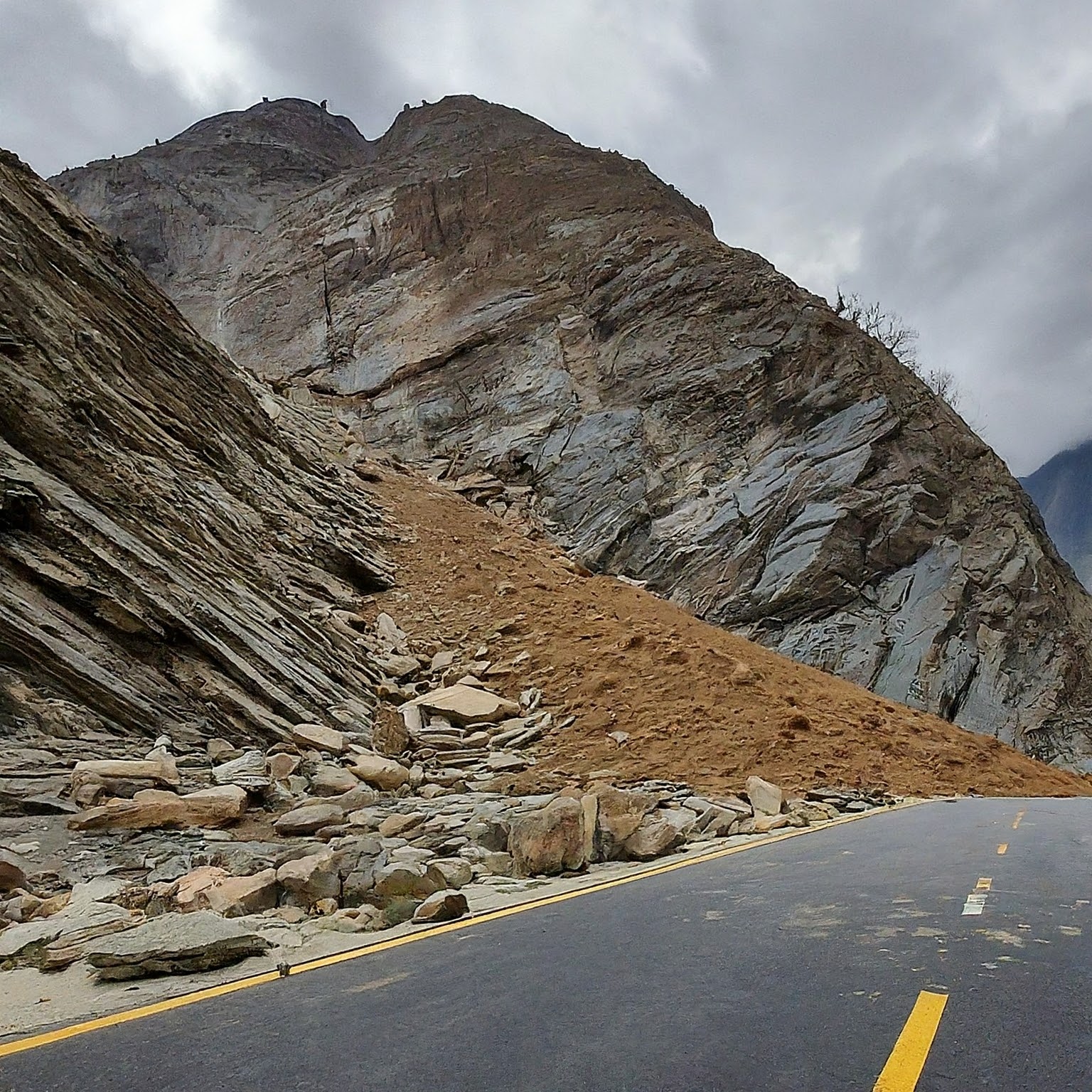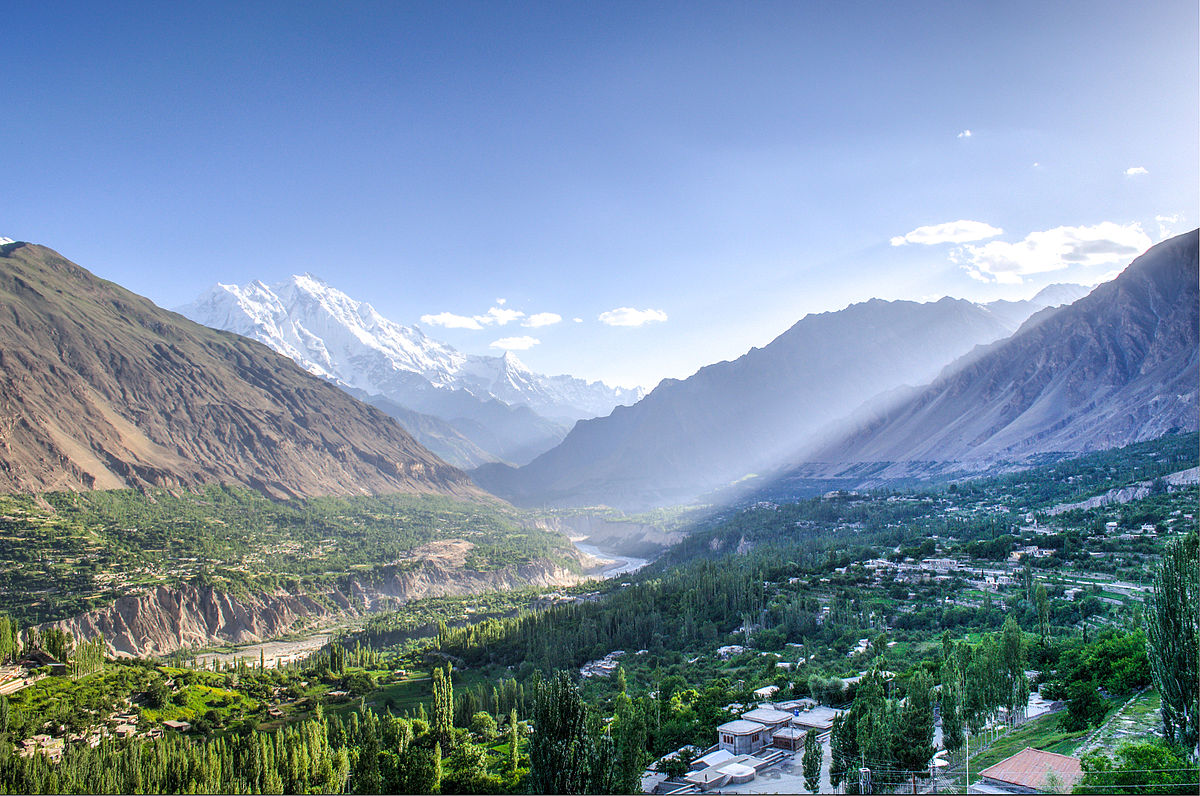The majestic mountains of Gilgit-Baltistan, Pakistan, a haven for adventure seekers and nature lovers, also present a unique challenge: landslides. These unpredictable events can have devastating consequences, disrupting lives and infrastructure. This article dives into understanding landslides in Gilgit-Baltistan, exploring the causes, impacts, and ongoing efforts to mitigate these risks.
Why Do Landslides Occur in Gilgit-Baltistan?
Several factors contribute to landslides in this region:
- Steep Terrain: The towering mountains of Gilgit-Baltistan create naturally unstable slopes, particularly susceptible to landslides during heavy rain or earthquakes.
- Heavy Rainfall: Periods of intense rainfall can saturate the soil, increasing its weight and making it more prone to slipping.
- Seismic Activity: Earthquakes, even minor ones, can trigger landslides by shaking loose slopes already under pressure.
- Erosion: Deforestation and other human activities can accelerate erosion, weakening slopes and increasing landslide risk.
The Impact of Landslides: A Devastating Force
Landslides in Gilgit-Baltistan can have severe consequences:
- Loss of Life and Property: These powerful events can tragically bury homes, buildings, and entire villages, leading to loss of life and injuries.
- Blocked Roads and Infrastructure: Landslides can block vital transportation routes, isolating communities and hindering rescue and relief efforts.
- Disrupted Utilities: Damage to power lines, water pipes, and other infrastructure can leave communities without essential services.
- Environmental Damage: Landslides can trigger floods by damming rivers and cause widespread soil erosion.
Building a More Secure Future: Mitigating Landslide Risks
The people of Gilgit-Baltistan are actively working to reduce landslide risks:
- Early Warning Systems: Implementing early warning systems that monitor rainfall and seismic activity can provide communities with crucial time to evacuate in case of a potential landslide.
- Improved Land Management Practices: Promoting sustainable land use practices, such as reforestation and slope stabilization techniques, can reduce the risk of landslides.
- Public Awareness and Education: Educating communities about landslide risks and preparedness measures empowers them to take precautions and stay safe.
Looking Ahead: A Collaborative Approach
Landslides are a natural phenomenon, but their impact can be mitigated. Through a collaborative effort focusing on early warning systems, sustainable land management, and community education, Gilgit-Baltistan can build a more resilient future where communities can thrive alongside these awe-inspiring mountains.
Here are some additional tips to stay safe during landslides:
- Be aware of your surroundings and identify areas at risk of landslides.
- If you live in a landslide-prone area, have a plan for evacuation and know where to go.
- Pay attention to weather forecasts and warnings, and evacuate if instructed by authorities.
By working together, we can help create a safer future for the communities of Gilgit-Baltistan.








